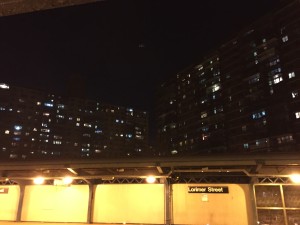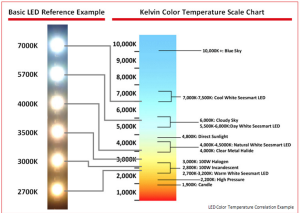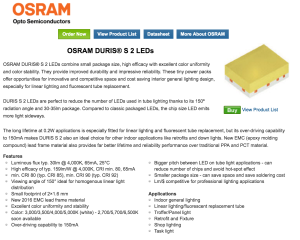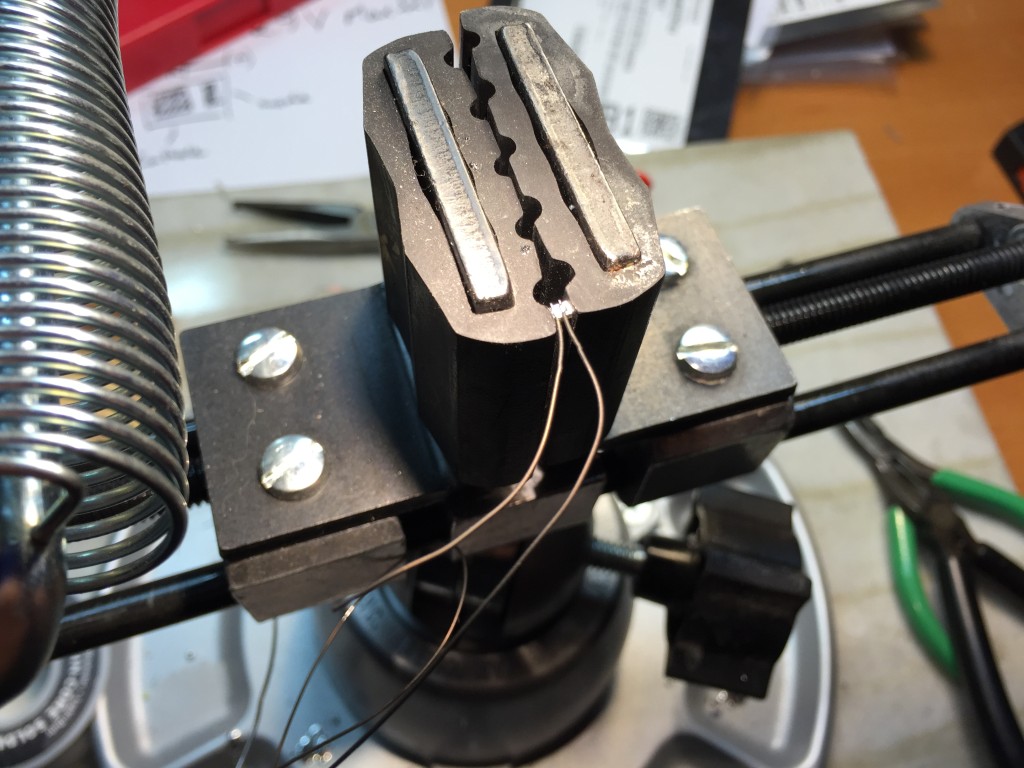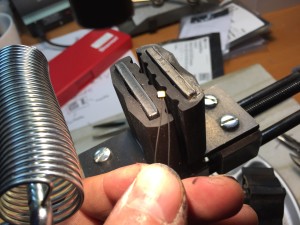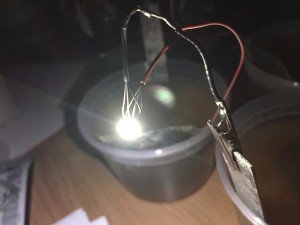My next task was to choose an LED source for my light. My parameters were as follows:
- Wide illumination spread
- Good CRI (color rendering index)
- Small footprint, possibly eliminating PCB’s
- Available in different color temperatures
I also need something that strikes a balance with the current draw available from the batteries, while providing the most light output. Generally I would like to stick with a LED that works around 3.0V and an array that draws 400mA or less.
I decided on two artistic design choices as well:
- Tiny but 360 degree illumination. As I am moving forward using natural materials as much as possible and eliminating as much tech as possible, this project is starting to remind me of a simple wax candle. Ultimately I would like as much of the lights materials to be biodegradable. To keep with the candle theme I will use as focused of a point of light as possible.
- Remote color temperature change. Color temperature is often overlooked and misunderstood. In household lighting, generally a warmer source of light is much more pleasant. But with so many choices of lighting sources today (CFL’s, LED’s, Fluorescent tubes, Halogen, Incandescent) all of which come in different color temperatures, mistakes are made, or color temperature is completely overlooked. I found a great example of this looking at a residential building at night. Notice how some units are much cooler than others:
I would like to showcase this with my light by using an extremely cool LED source which will illuminate a warm lamp shade made out of muslin. The user will be able to peer into the lamp and see the cold source in contrast with the warm light it gives off via the fabric lamp shade.
I began searching on mouser.com for products that met my parameters. I wanted the array to be a least 60 Lumens total and as efficient as possible. A new Osram LED product caught my eye – the Duris series 2:
At 2.9V they draw 65mA and produce around 30 Lumens. They can be overdriven to 150mA and have a 150 degree beam spread. They are very efficient and their CRI is very good as well.
They are very tiny! Luckily my new panavise was able to hold one. I used a lot of flux and soldered two teflon insulated wires to each LED:
Three of them together pack a punch!
